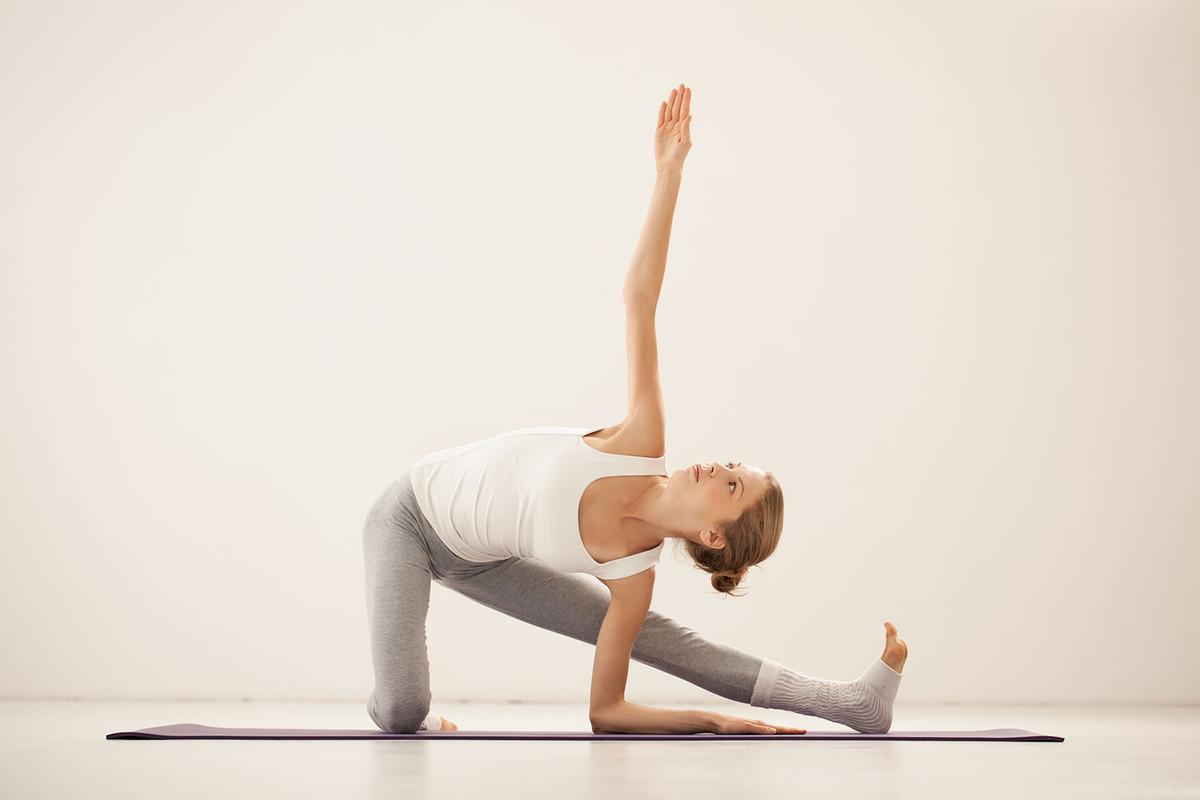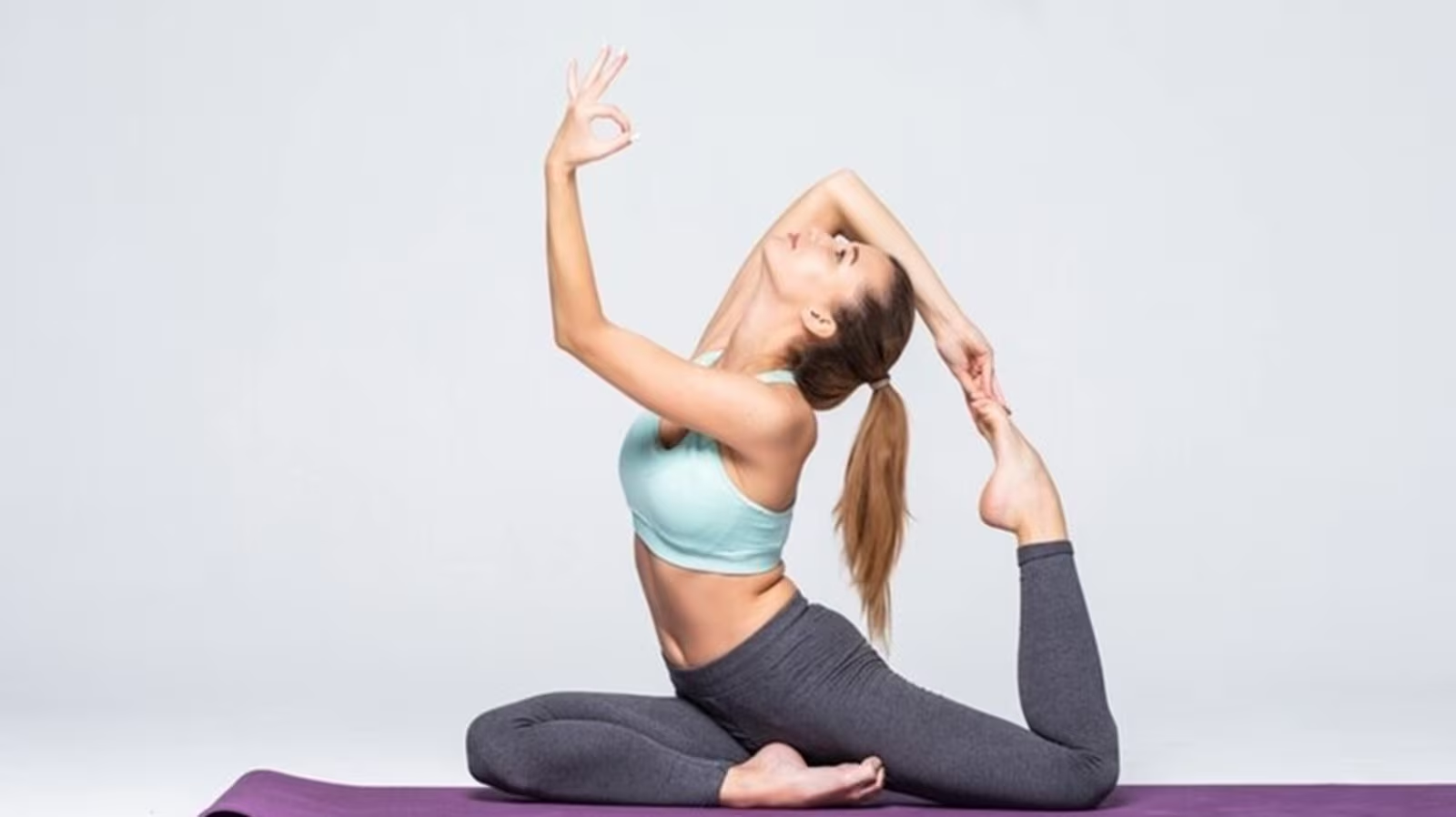Energizing Yoga Flow Sequence for All Levels
Yoga Flow Sequence, Given the right devices, anybody can make a decent class by understanding bodies and answering energies. Educators appear with a particular contribution and change as per class needs.
If, under any condition, I need to change my arrangements (for example the class energy is low, everybody is new, the majority of the class is harmed), I have a fundamental, sustaining sequence that I can execute in a second's notification. Other than that, I like to keep it inventive and relaxed.
An extraordinary method for learning is through others. By taking classes routinely and seeing how others educate, you'll grow your collection and partake in additional arrangements. I suggest partaking in the free multi Day Yoga Challenge. It's an extraordinary method for encountering instructing and you'll get a few strong tips and clues about vinyasa stream classes.
I maintain that they should move, I believe they should snicker, I need them to reconnect, however generally I believe they should track down a home within themselves. Consider these the outlines to help you explore and figure out how to succession a Vinyasa stream class:
Create a Theme

There is an observable distinction between classes that form toward something bigger versus classes that are assembled indiscriminately. In educator preparing, we characterize the "top stance" as that one posture which decides the remainder of class. It very well may be anything, however further developed stances are in many cases picked (for example Crow, Handstand, Compass, Wheel).
Great educators open and reinforce every one of the muscles expected for the pinnacle pose all through class, permitting a more noteworthy scope of availability for the understudies. Yet, the "subject" doesn't be guaranteed to must be a posture.
I've shown classes themed around sympathy and heart-openers, classes on strength that utilization center and classes on discharge that focus on the breath through broadened holds. However, there should be something - little or huge - to motivate the remainder of the yoga flow sequence and provide the understudies with a feeling of concentration for their training.
The Warm-Up is Key
The warm-up is that essence of what the instructor is sharing. The understudies need to inhale into their bodies, and interface with themselves and the muscles expected for the most troublesome stances. Choose what those will be (Crow, Half Moon, Handstand, and so on) and invest energy opening those muscles straightforwardly toward the beginning of the training.
I like investing some center effort in here, as well, holding Board or Two-Legged Tabletops, reminding the understudies to channel their solidarity before they start. Make this a decent, succulent yoga flow sequence, around 5-10 minutes, and invest adequate energy signaling the breath.
Read Also: When Is The Best Time To Do Yoga
Shift the Sun Greetings
The Sun Welcome are the ideal spot to feature your innovativeness. Low-lurch turns, expanded heart-openers, profound forward folds, even some adjusting presents - pick two things that will provide the class with a sample of what you will serve, and spot them carefully inside the sequence.
I will generally make the principal set of Sun Welcome long and innovative by venturing once more into Descending Canine, moving through a short sequence, and venturing forward; the subsequent set is more limited by venturing right once again into Chaturanga and hopping forward; the third set goes right from Seat into bouncing back, and afterward the fundamental succession begins.
Keep the Sun Greetings quick and streaming so the class can move openly. Once more, this ought to require around 5-10 minutes.
Make Areas of strength for a Succession
A decent principal succession ought to incorporate sufficient strength and quietness that the understudies can feel the psyche body association. While there are times when the Fighter postures can be discarded for rushes and adjusting, I will generally be a conservative who carries the Heroes to each class.
Notwithstanding, there should be something strong and dangerous in the legs to fortify and use the biggest muscle gatherings of the body.
This is where a committed individual practice will pay off. Begin messing about in your Hero presents, learning advances and associations that vibe great in your body, and offer them with your group.
Keep the hips open and the thighs locked in. I for one appreciate carrying the yoga flow sequenceto the rear of the mat through a Wide Point Forward Overlap or a Flying Fighter, with Serene Champion as change between presents. Reptile Jump and Side Points can carry the class down to the mat prior to getting into Side Board or Chaturanga.
This is likewise a decent spot to play with the subtleties of the body: hands (extending the fingers, setting the hands behind the back), look (looking into, down, internal), feet (stepping in, venturing long, adjusting on the toes). The littlest subtleties can rouse any arrangement.
A note on timing: you can either make this part lengthy and broadened or on the other hand, if you need to move quick and burn some serious calories, you can speed through this succession in redundancy multiple times.
Get Creative with the Balances and Twists

Right when the energy levels are high, carry the class into stretched out holds with unbiased hips to track down quietness. Utkatasana and High Jump are great advances here, as are Yogi Squats and Crow Posture. I will generally utilize either Hand-to-Large Toe Posture or Champion III in each stage on the grounds that the hamstrings and internal thighs are so significant for adjusting.
Provide a Challenge
After they are adjusted, carry them into the pinnacle act or a reversal. Both can be incorporated however it isn't required, particularly assuming you incorporate Furrow or Advantages the Wall toward the end.
Studios contrast on whether you can stop the class to demo the stance. In the event that you would be able, I prescribe setting aside some margin to show the class precisely the way in which they will get up into Bird of Heaven, Compass, Handstand, Crow, and so forth - no big deal either way "top stance" you have picked. On the off chance that not, make certain to give them satisfactory props and clear, bit by bit bearings regardless of whether no doubt about it "high level" class.
Take Time to Stay Down
It's critical to take note of that even the most athletic understudies are as yet coming to yoga to realign themselves, and this is where we allow them an opportunity to turn internal. Put time and thought into this segment; use props, utilize the wall and utilize active helps.
Pigeon is the default present for shutting, yet remember Cow Face Posture or Fire Log/Twofold Pigeon. I'm areas of strength for an of Rotated Head-to-Knee present since it opens both the side body and the hamstrings. Frog present is another incredible choice and both Butterfly and Wide-Point Situated Ahead Curve are recuperating.
Namaste
Carry understudies to their last seat, notice the breath, prompt a last Om and send them out the door. Provide them an opportunity to opportunity to stop and think in a thoughtful seat so they can check the psyche body association.
It might feel abnormal to remain front and center while understudies set their mats aside, yet it's critical to remain congenial and amicable, sharing individualized remarks about their training and saying thanks to the newbies.
FAQs
What factors do you need to consider when designing a yoga sequence?
Careful practice (reflection, breath mindfulness..)
Warm up (sun welcome, moon greeting and so forth)
Standing postures and adjusting presents.
Situated, inclined, prostrate stances.
reversals.
Chilling off.
Unwinding.
How many poses should be in a yoga flow?
The normal hatha yoga meeting incorporates somewhere in the range of 20 and 30 asanas; about portion of them ought to be dynamic.
How long should a yoga flow last?
There is no limited time frame you want to hold a yoga present. In any case, yoga presents are normally held somewhere in the range of 1 - 2 breaths to as many as 5 minutes relying upon the kind and focal point of the yoga practice. There are a wide range of ways of rehearsing yoga






